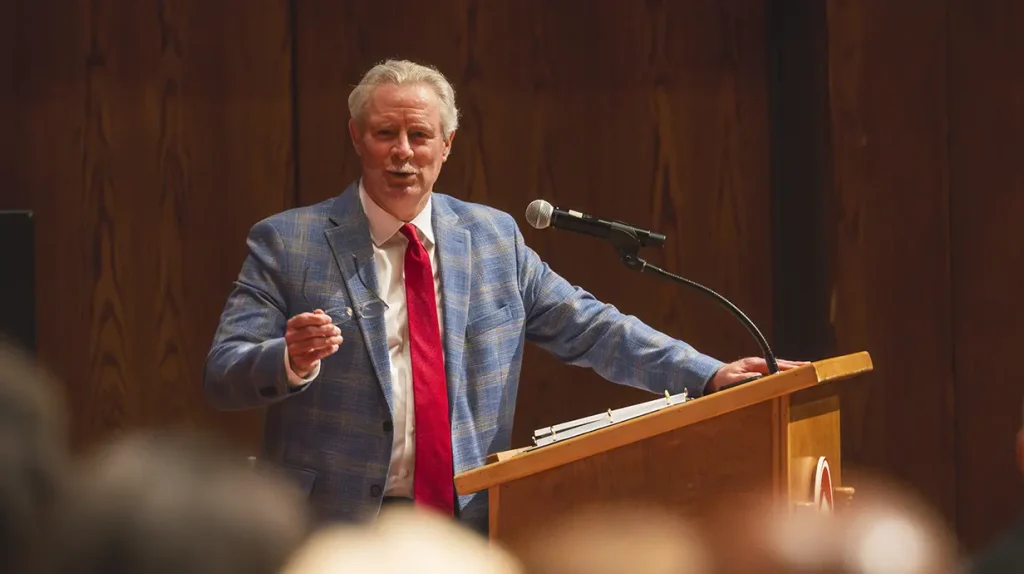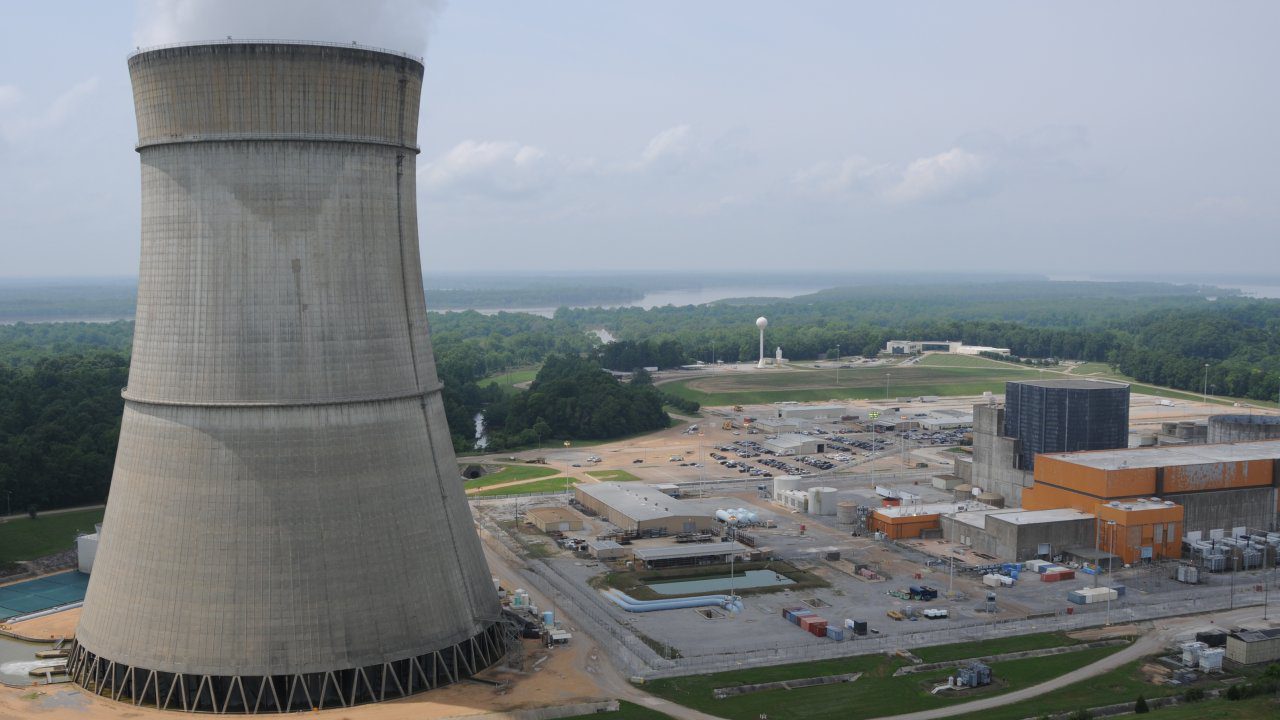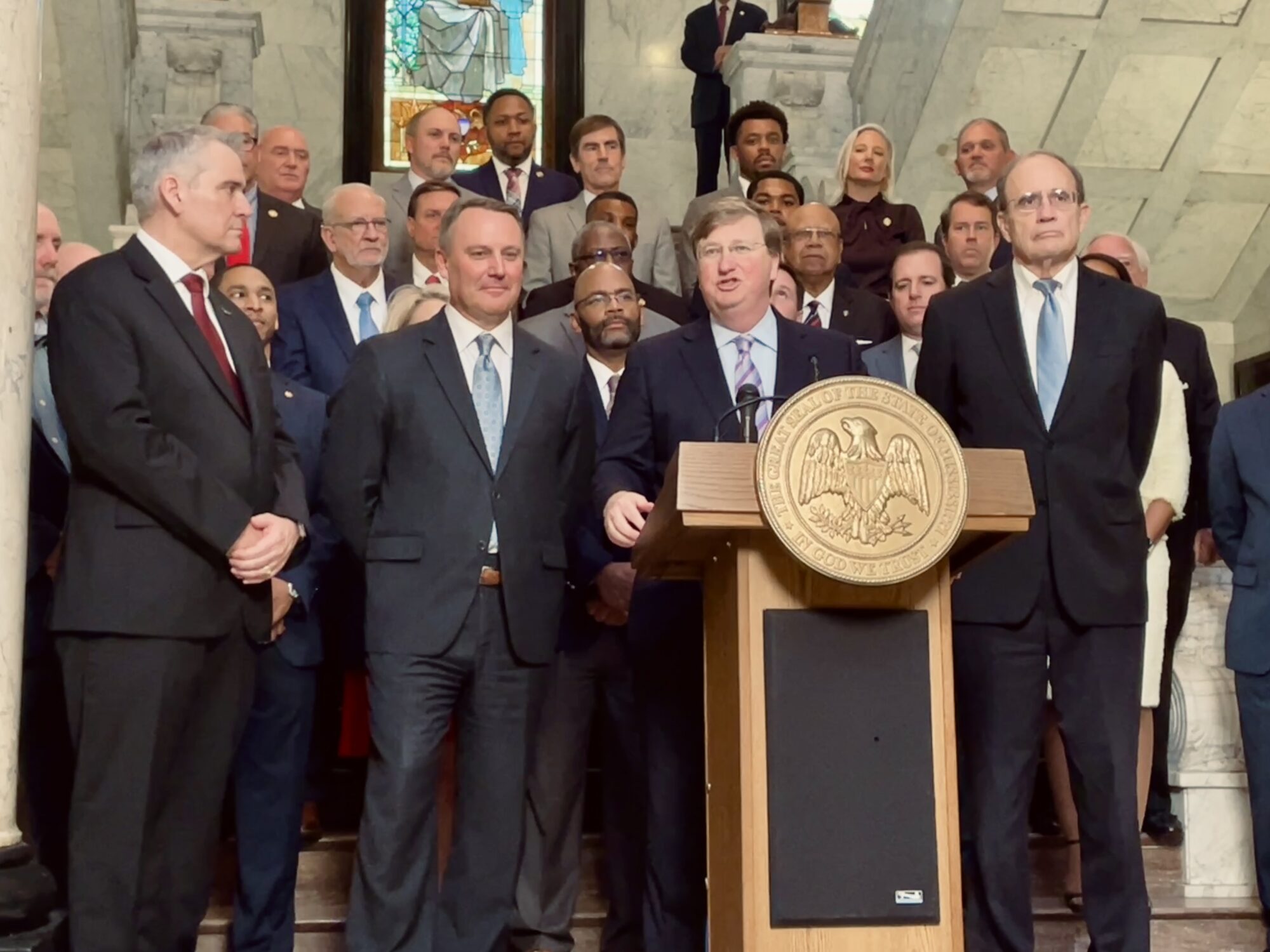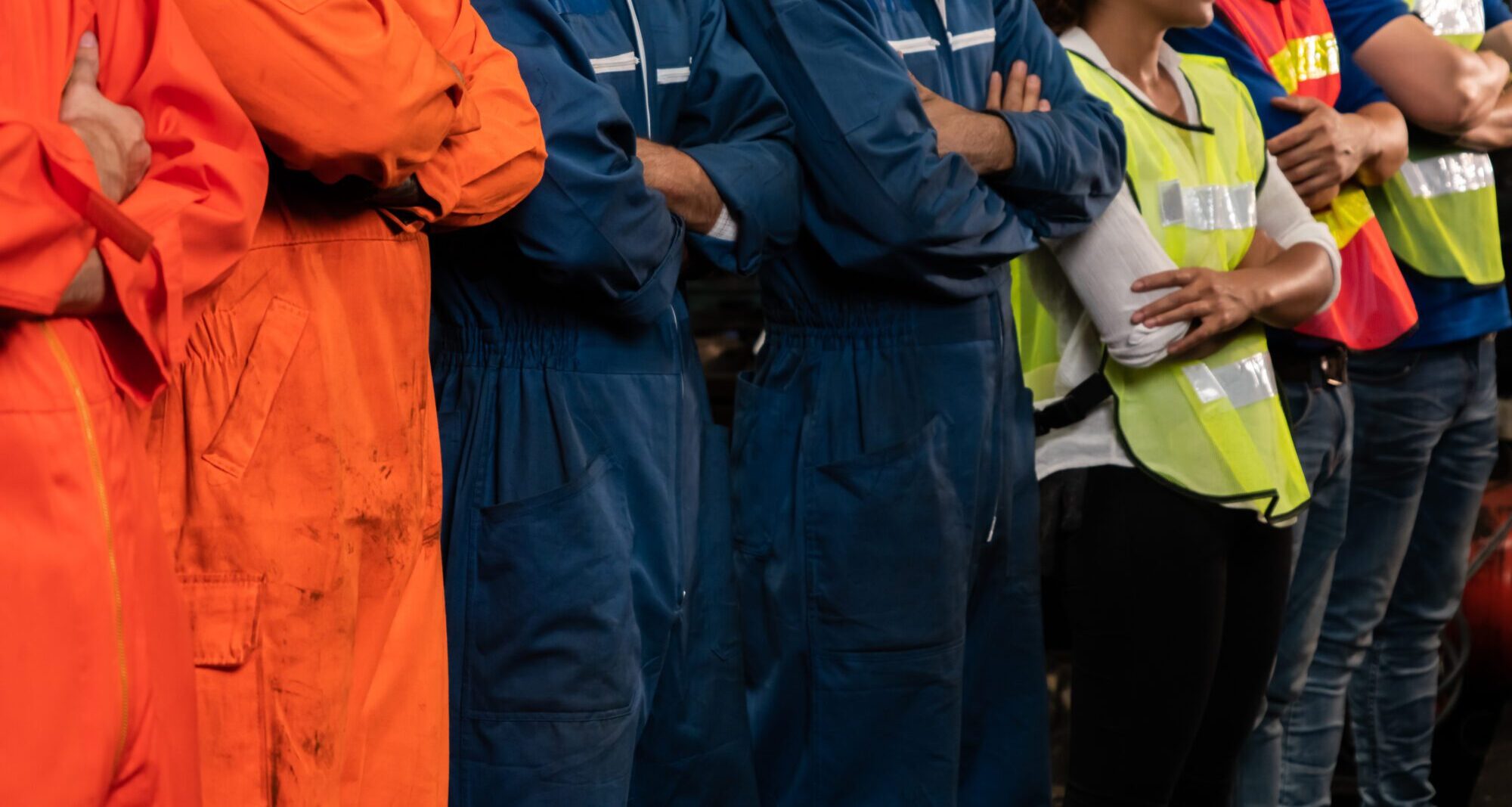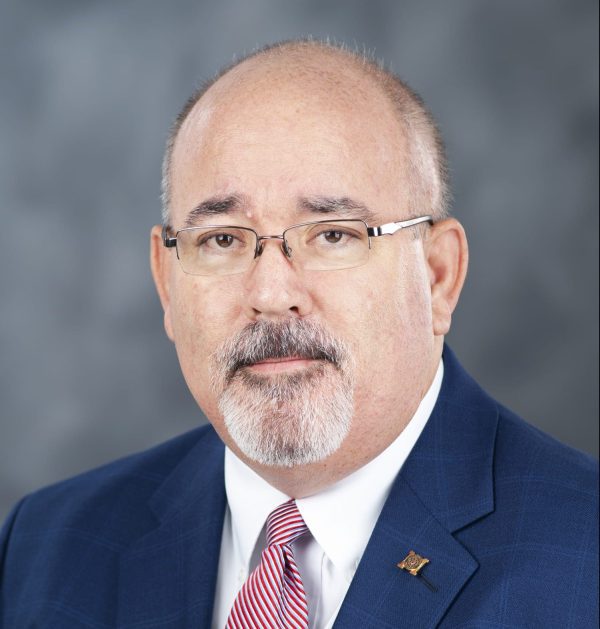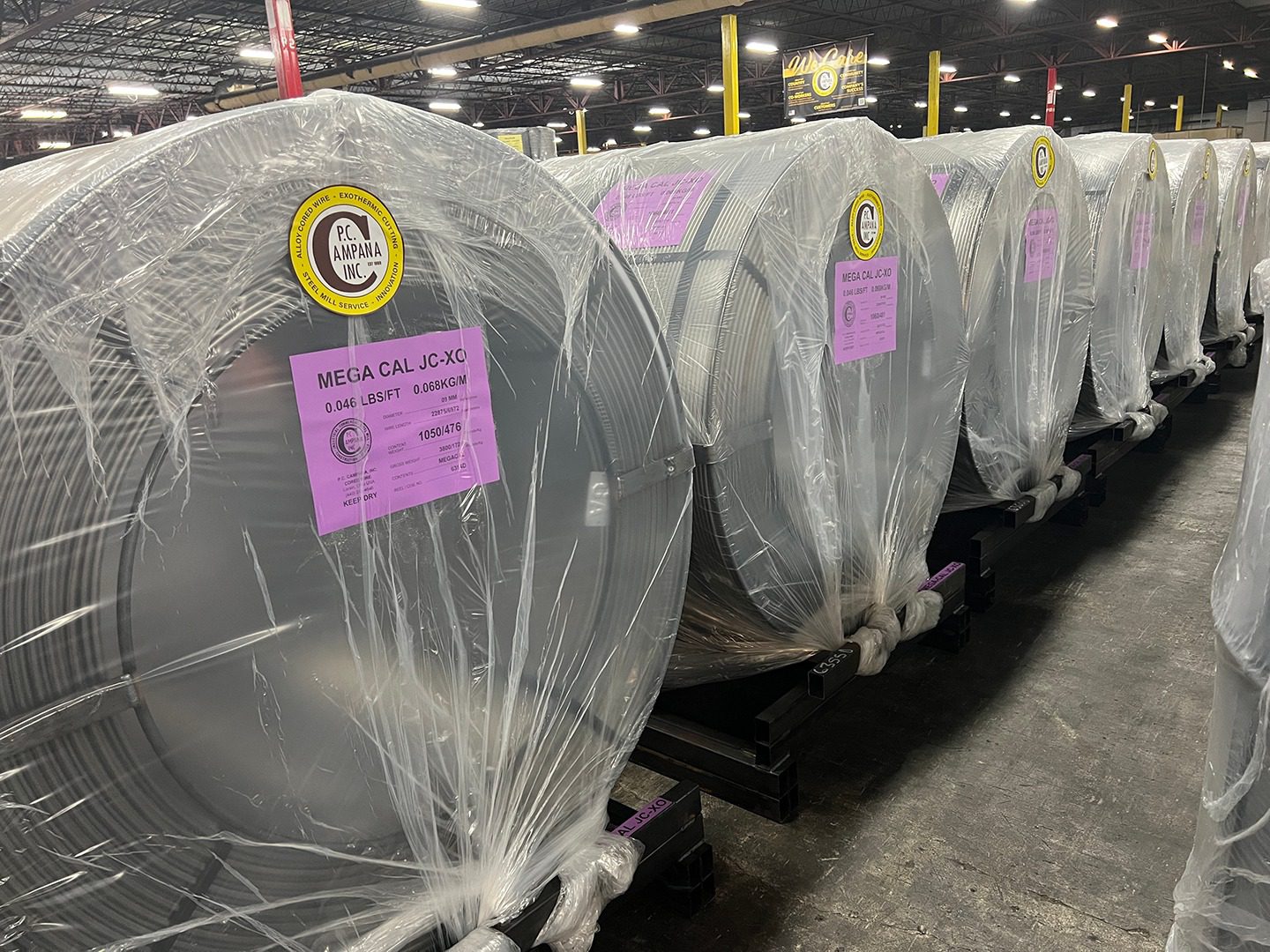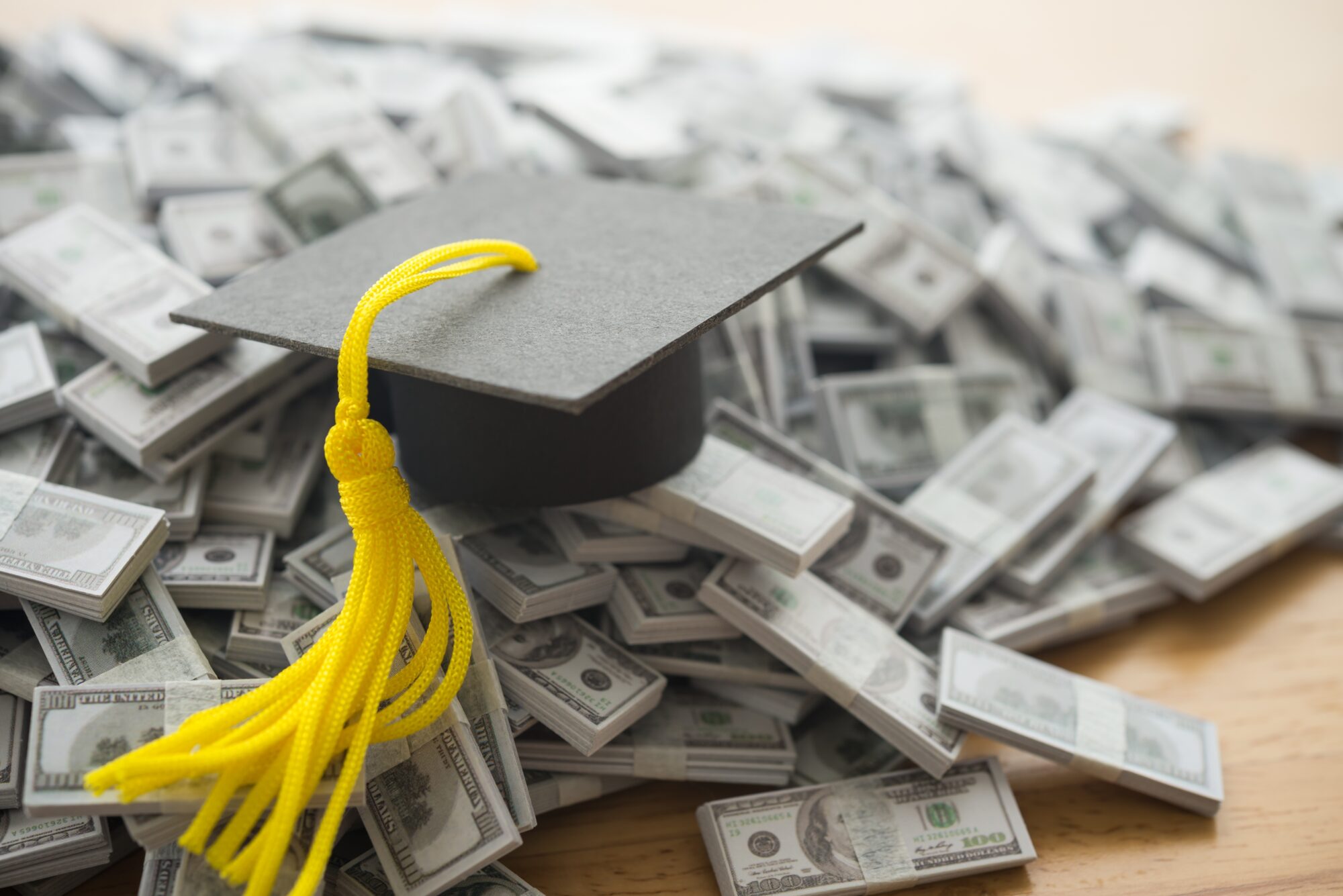
(Photo from Shutterstock)
- Lawmakers and appropriators should dive into the data to better understand student outcomes, writes State Workforce Investment Board chairman Patrick Sullivan.
What do a bachelor’s degree in psychology, an associate degree in general studies, and a high school graduate going straight to work have in common? On average, these students end up in the same job making below average pay. Further, Mississippi’s labor force is oversupplied with education system products in these categories and others with similarly poor work outcomes.
On the other hand, most of the above-average earners in Mississippi’s workforce are also products of public education. If our state is serious about increasing productivity and workforce quality by helping more young Mississippians access good-paying jobs, success in work after education must become a primary factor in how our state invests in education. Oddly, it’s not.
Transitioning into spending practices and education policies that will get better workforce outcomes and a higher return on investment for taxpayers is what’s needed if our goals are a higher quality workforce, higher household incomes and more economic growth in communities. In simple terms, our state must muster the will to reduce or stop spending in areas of education with low or negative returns and, in turn, increase spending in the areas that are more likely to result in success for more students after their education.
Judging from data revealing student work outcomes, current funding models and too many programs for high schools, community colleges and universities result in a large majority of students leaving the education system lacking the type of degree or training that gives them a better chance to get into a high-paying career.
At the high school level, unfortunately, data indicates well over half of Mississippi public high school graduates will enter the workforce with no completed public education/training after high school. While this troubling statistic merits more attention, it also indicates high school career technical education (CTE) is a critical tool in contributing to the quality of the local and state workforce.
Recognizing the need for improvement, in 2022, the Legislature wisely tasked the business-based State Workforce Board with selecting the industry certifications that high schools should offer and receive credit for in the school grading system. Certifications are selected based on their linkage to high-paying occupations and where there’s real job demand in priority growth sectors like information technology, manufacturing, construction, and logistics. In the past and continuing today, what we found were far too many students in low-value CTE and certification pathways associated with low-paying jobs.
A program with high student numbers continues to be culinary arts, where students may earn a ServSafe certificate. The Board did not include this certificate on the initial combined priority list in 2023. Just this month, we received letters from McDonald’s and Burger King franchises along with other food service businesses requesting ServSafe to remain on the priority list, a symptom of a system too slow to change.
This single issue is a good example of many tough decisions needing to be made in our state’s journey to improve student outcomes and workforce quality. While these food establishments are valued businesses in our communities, the ServSafe certification is not linked to high-paying careers. To be clear, the Board is not suggesting some high schools shouldn’t teach cooking, food handling and hygiene but rather that issuing ServSafe certificates should not be a priority in high school career training.
In analyzing work outcomes of community college and university graduates, thousands of students are graduating annually in programs such as general studies, psychology, biology, political science, English literature, or a range of other liberal arts programs. While a minority of students graduating in these fields find their way into graduate school or good work situations, the majority does not. The simple fact is Mississippi’s labor market is oversupplied with these types of degrees where students find little to no demand for their degrees among employers.
In a national report last year, the Strada Education Foundation found that almost half of all students with bachelor’s degrees and no advanced degree end up underemployed, meaning they’ll work in an occupation not requiring a 4-year degree. This problem is not unique to Mississippi, so there is opportunity to lead in education policy improvements that will lead to real economic needle moving.
Also in 2022, the Legislature created the Career Coach Program with intentions of helping divert more students away from programs with poor work outcomes and into better pathways after high school. In its third year, hopefully, some fruit of that statewide effort will be apparent soon. Going forward, taking action to ensure public dollars are better invested in education would accelerate workforce development efforts and provide educational institutions with the financial justification for making needed improvements.
In his recent State of the State, Governor Reeves said, “We should insist that our higher education institutions train Mississippians to earn. Far too many students are stuck in tracts that will not lead to fruitful careers. That may be fine for a few who want to go down academic rabbit holes, but the focus of our investment and our efforts should be preparing our kids to live well. We must focus on degrees that lead to lives of prosperity and stability….We need a return on investment for the hundreds of millions of dollars we put into our colleges and universities, and that return should appear in the wages of our workers. I urge my friends in policymaking to consider innovative approaches to achieve this.”
Lawmakers and appropriators should dive into the data to better understand student outcomes, what areas are generating good returns on investment for students and the state, and what areas aren’t. If done well, this practice will make the appropriations process smarter and increase economic returns for the state.
I challenge the State Board of Education, Community College Board and IHL Board to better analyze the outcomes of students entering the workforce from their institutions and consider new funding approaches they could implement internally to transition public dollars away from low or negative return programs and into high return programs.
Obviously, there are numerous factors that impact success in work, but in terms of public policy, there is no bigger factor than what the public education system produces in terms of student products. In business, products generating negative returns stop getting made. Production capital migrates into products with demand and high returns. The state could do good for a lot of people by applying these simple business principles to education.
